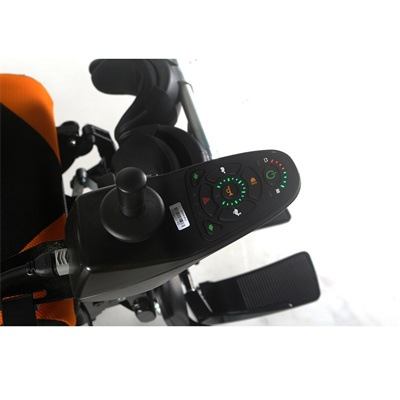Accessibility innovations are making significant strides in creating a more inclusive world for people of all abilities. These innovations are breaking down barriers and enabling greater participation in various aspects of life. Here are some key accessibility innovations that are contributing to a more inclusive world:
- Universal Design Principles:
- Universal design principles emphasize creating products, spaces, and environments that are usable by as many people as possible, regardless of their abilities. Innovations in universal design have led to more accessible buildings, transportation, and technology.
- Smart Assistive Technology:
- Advances in assistive technology, such as screen readers, voice recognition software, and braille displays, enable individuals with visual impairments to access digital information and communicate effectively.
- Accessible Mobile Apps:
- Developers are creating mobile apps that enhance accessibility, including navigation apps for people with visual impairments, communication apps for non-verbal individuals, and apps that assist with daily living tasks.
- Wearable Technology:
- Wearable devices, like smartwatches and fitness trackers, offer accessibility features, such as vibrating alerts, voice commands, and navigation assistance, to help users with disabilities.
- Adaptive Sports Equipment:
- Innovations in adaptive sports equipment, such as all-terrain wheelchairs, specialized prosthetics, and equipment for visually impaired athletes, make it possible for individuals with disabilities to engage in a wide range of sports and activities.
- Accessible Transportation:
- Accessible transportation options, including wheelchair-accessible buses, taxis, and rideshare services, have become more widely available, enhancing the mobility of individuals with disabilities.
- Captioning and Subtitling:
- Advancements in captioning and subtitling technology are making digital content, including videos and live broadcasts, more accessible to individuals who are deaf or hard of hearing.
- Accessible Housing Solutions:
- Innovations in accessible housing include features like modular and adjustable living spaces, smart home technology, and mobility aids that enhance independence and quality of life.
- Alternative Input Devices:
- Alternative input devices, such as eye-tracking technology and sip-and-puff interfaces, enable individuals with severe motor disabilities to control computers and devices.
- Accessible Tourism Initiatives:
- Tourism industry innovations, such as accessible hotels, transportation, and tours, are making travel more inclusive for people with disabilities, opening up new opportunities for exploration.
- Digital Inclusion Initiatives:
- Companies and organizations are implementing digital inclusion initiatives to ensure that websites, apps, and online content are accessible to all users, including those with disabilities.
- 3D Printing for Assistive Devices:
- 3D printing technology allows for the customization of assistive devices, such as prosthetics, orthotics, and mobility aids, making them more affordable and tailored to individual needs.
- AI and Accessibility Features:
- Artificial intelligence (AI) is being used to develop accessibility features like automatic image descriptions, real-time language translation, and predictive text, enhancing communication and accessibility.
- Accessible Education Technology:
- Innovations in educational technology are providing inclusive learning experiences for students with disabilities through features like closed captioning, screen magnification, and speech-to-text tools.
- Accessible Gaming:
- The gaming industry is making strides in accessible gaming by incorporating features like customizable controls, in-game assistive options, and accessible game design principles.
These accessibility innovations are not only improving the lives of individuals with disabilities but also contributing to a more inclusive and equitable society. They underscore the importance of designing products, services, and environments with accessibility in mind from the outset, promoting equal participation and opportunities for all.




















